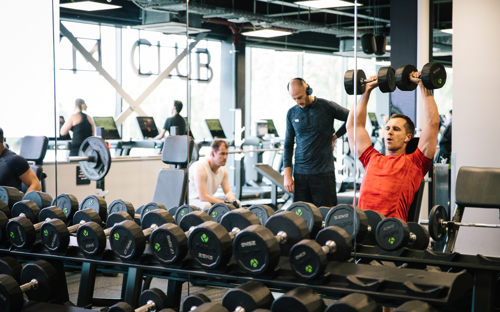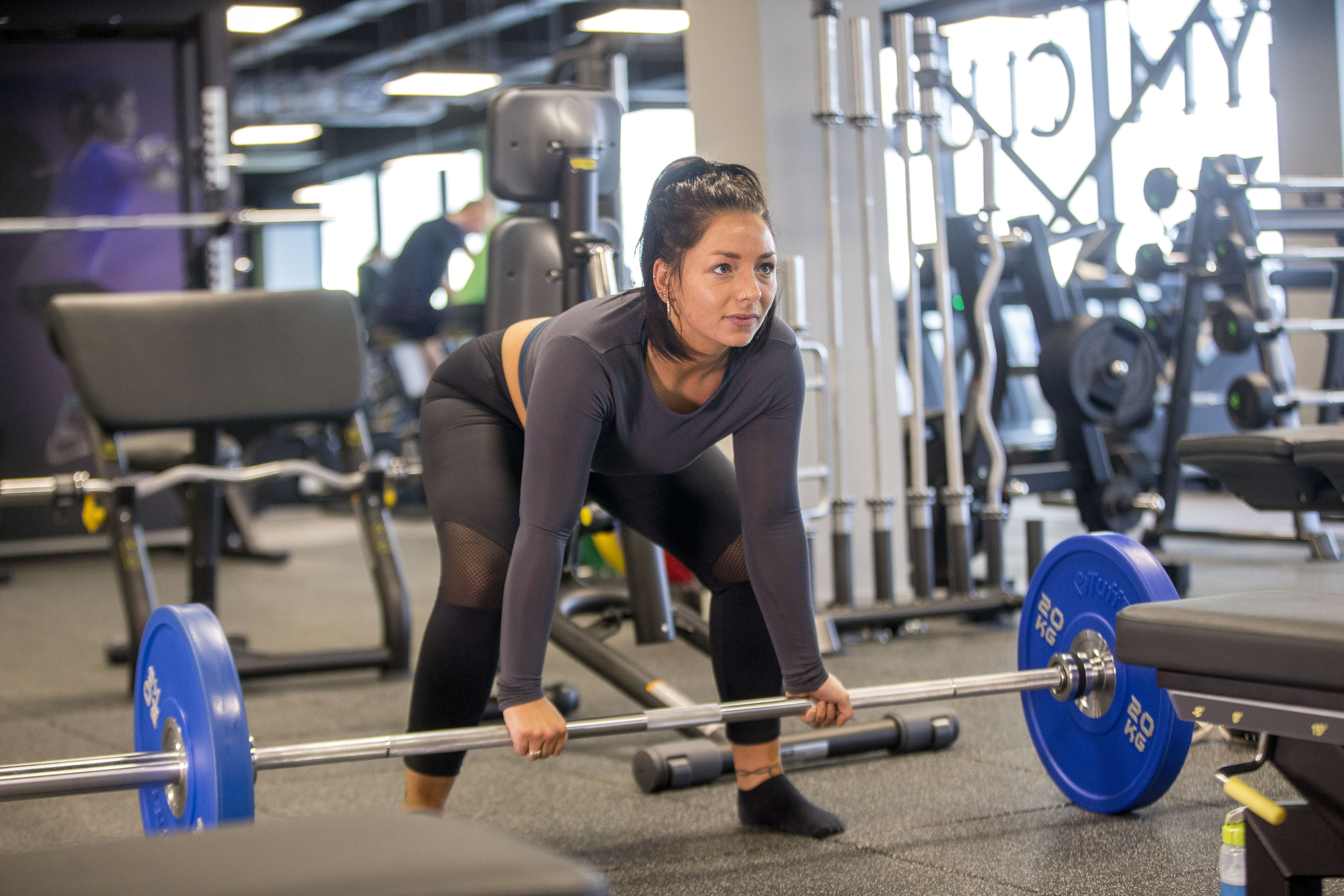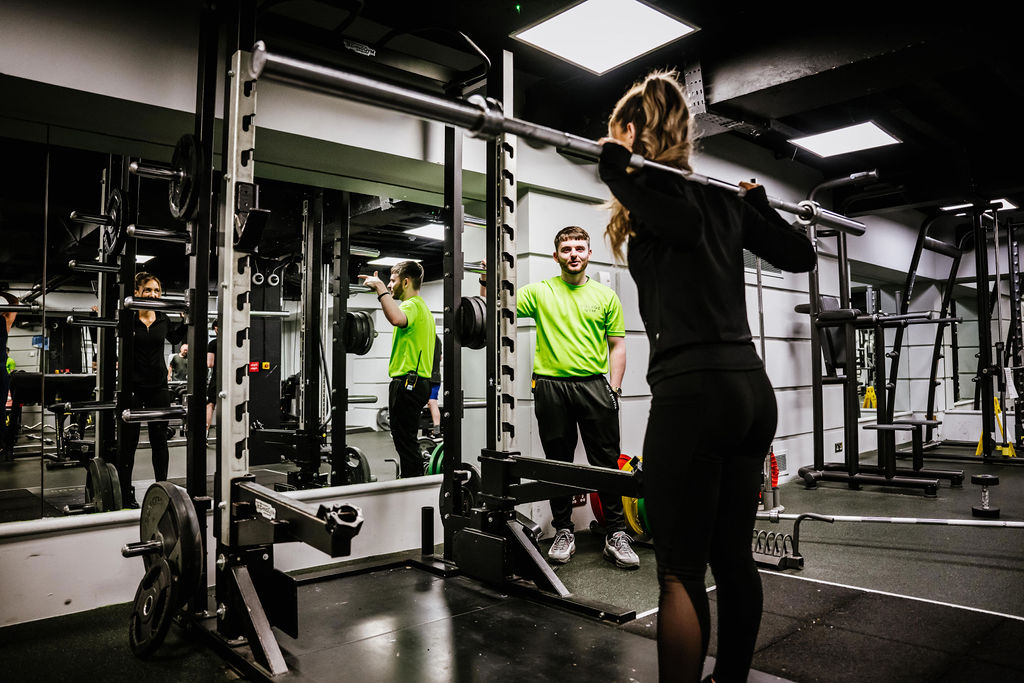Weightlifting is often viewed as a method for building muscle, but what about its role in fat loss? Can lifting weights actually help you shed fat? To fully harness the benefits of strength training, it’s important to understand how it affects your metabolism and body composition.
Let’s take a closer look at the science to see if weightlifting can really help you burn fat and how you can enhance your outcomes.
Common Misconceptions About Fat Loss & Weightlifting
There are many common beliefs about fat loss and weightlifting that are either false or only partially accurate. To achieve your goals, let's clear up these misconceptions once and for all!
For instance, it is still widely believed by gym newbies that the only way to lose fat is through cardio, or that weight lifting will simply add bulk which simply isn’t the case. Fat loss is all about creating a calorie deficit—burning more calories than you consume—and weight lifting can be a huge part of that.
Another common myth that new gym goers believe is that you can "spot reduce" fat by doing specific exercises. While doing crunches is great for core strength, they will not make you melt belly fat directly. Fat loss occurs all over your body, and is determined by both nutrition and exercise.
What Happens to Fat When You Exercise?
Many things occur to your fat stores when you exercise—far more than most people are aware. When you work out, your body taps into stored fat as a key source of energy. The intensity and duration of your exercise determine how many calories—and fat—you burn.
Lower-intensity activities tend to rely more on fat, while high-intensity workouts primarily use carbohydrates, but both types of fuel are always at play. It's a common misconception that fat simply "melts away" or is lost through sweat.
In reality, fat is broken down through a process called oxidation, resulting in water and carbon dioxide. The water exits your body through urine and sweat, but the majority of fat is actually released as CO₂ when you exhale.
So, as you exercise, your body is actively burning fat and expelling it with every breath—it's a gradual process, but with consistent effort, it can be quite effective.

Weightlifting vs Cardio: What Burns More Fat?
The weightlifting and cardio debate is as old as working out! What keeps you fit? What helps you burn more fat?
Generally, cardio will burn more calories while you're doing your workout, particularly long, steady-state workouts like running or cycling.
Weightlifting, however, creates muscle, and muscle consumes more calories at rest. And weight training can also cause a phenomenon known as the "afterburn effect" (also known as EPOC), in which your body continues to burn calories for hours following your workout.
How Weightlifting Helps Burn Fat
Weight training develops lean muscle, and that's a fat loss game-changer. The more muscle you build, the more your body will burn calories, even when you're binge-watching your favourite TV show.
Also, resistance training can enhance the way your body responds to insulin and balance out your hormones, which are a major factor in your body's fat storage (or loss).
Best Weightlifting Strategies for Fat Loss
When it comes to weight loss strategies, a few tried-and-true methods work well for everyone, regardless of your gym experience.
For example, you can use compound movements for fat loss—squats, deadlifts, presses, and rows. They hit multiple muscle groups simultaneously, burning a lot of calories.
When doing these kinds of exercises, you’ll want to do medium to heavy weights and 8–12 reps per set with brief rest (30–60 seconds). For one training session you should aim to do 3 sets of these exercises.
A work out session could look like:
-
10 squats
-
10 deadlifts (at a medium to heavy weight for you)
-
10 presses (at a reasonable weight for you)
-
10 rows (at a reasonable weight)
-
30 second plank
This would be one set. You’d then rest for around a minute, and do a second set. After your third set, you should rest before moving on to something different like a cardio machine or focused workouts for specific areas of the body.
Take a look at our blog to help you inform your training schedule and sessions - or better yet - talk to one of our experienced personal trainers.
The Importance of Nutrition
Diet is a hugely important thing to consider on any kind of weight loss or fitness journey. In order to successfully burn fat, you must be in a calorie deficit, i.e., supply your body with sufficient energetic fuel to train and recover, yet not so much that the excess is stored as fat.
Here, protein is essential. It keeps you fuller for longer, helps you maintain lean muscle while losing fat, and even slightly cranks up your metabolism from the effort of digesting it. Don’t shun the carbs, though—they’re your primary fuel for more intense workouts. Reduce them way too much and you end up sluggish and performing badly in the gym.
The most important thing is balance. Tune in to whole, minimally processed foods—lean proteins, complex carbohydrates, and healthy fat—and mind your portions. When your nutrition and training complement each other, fat loss becomes a lot simpler (and sustainable).
Burn Fat at Village Health & Wellness Clubs
Ready to lift, sweat, and transform? We've got you covered: cutting-edge weight rooms, knowledgeable trainers, and an encouraging peer community.
Whether you're an inexperienced lifter or a weight veteran, we'll assist you in achieving your fat-reduction objectives—leaner, stronger, and more confident. Take a look at our range of resistance equipment and see the power of strength training for yourself.




